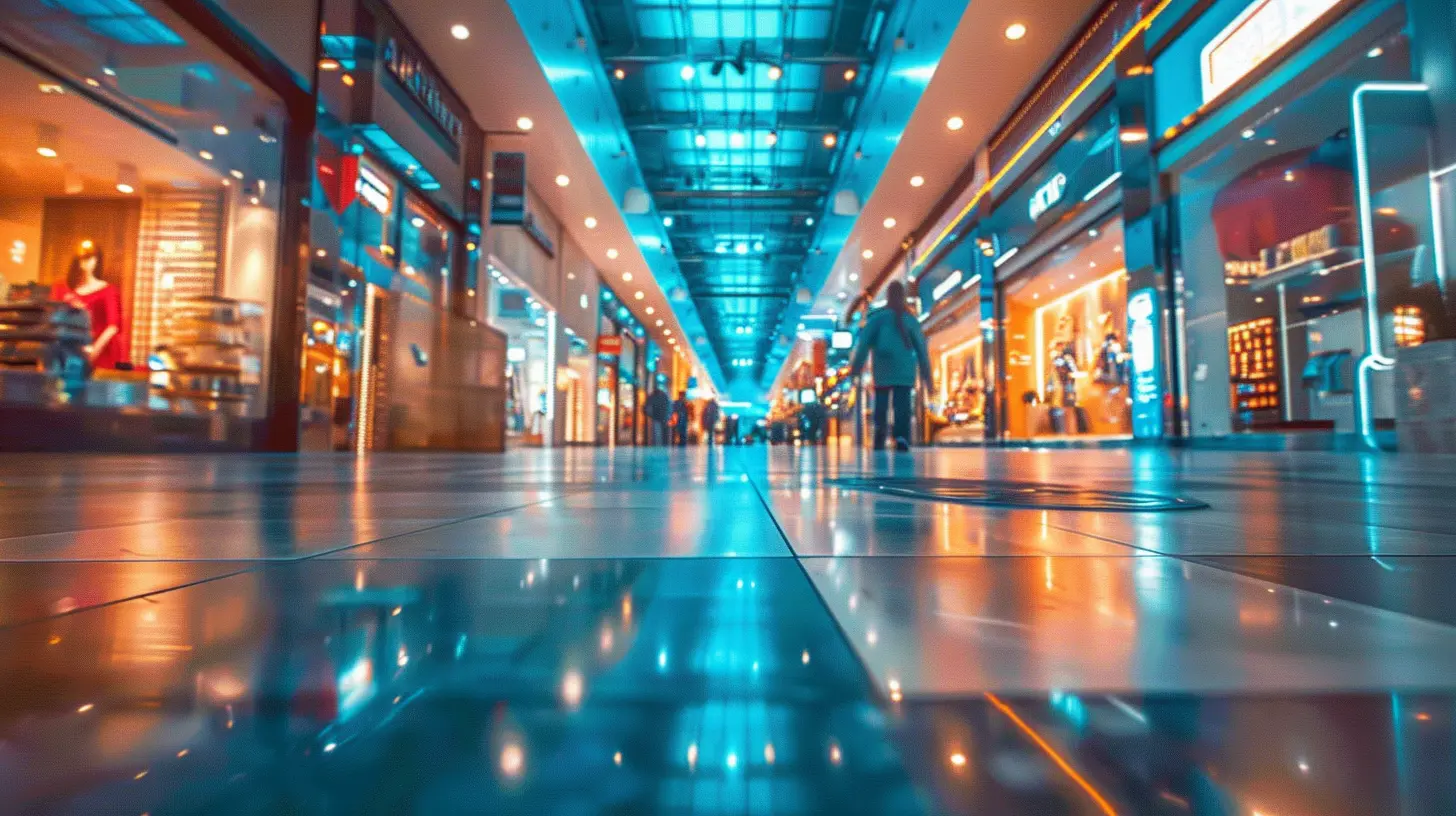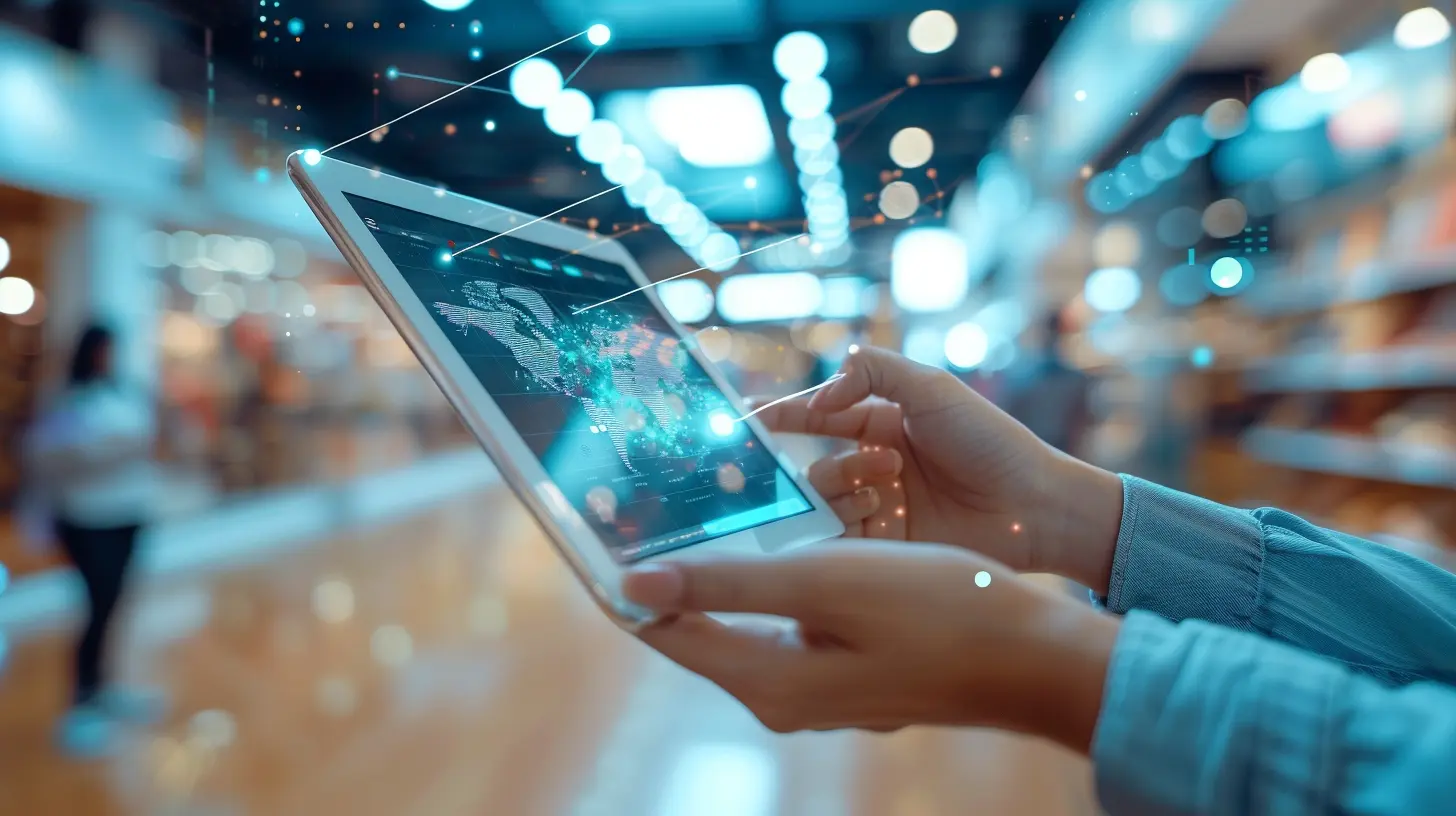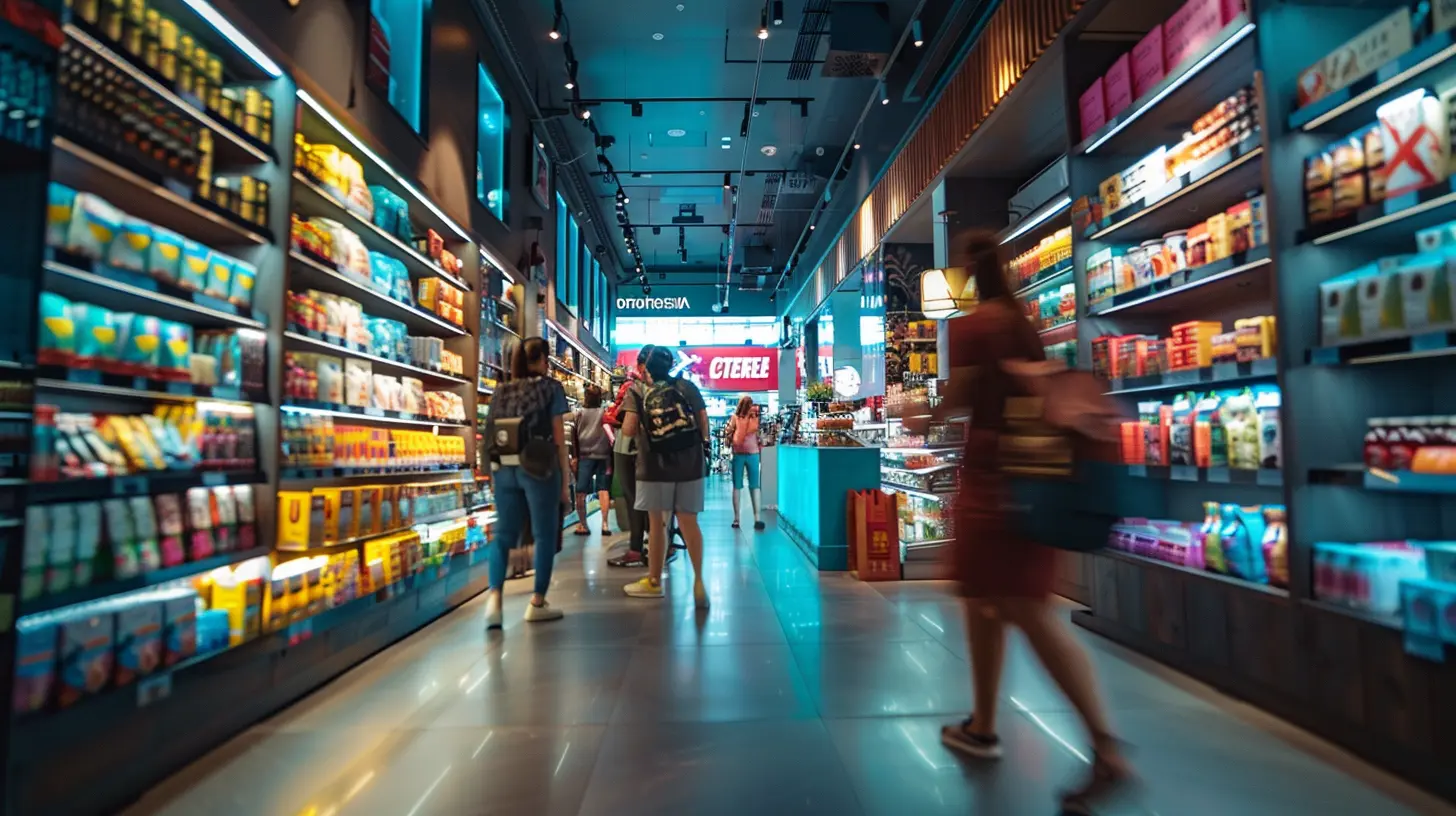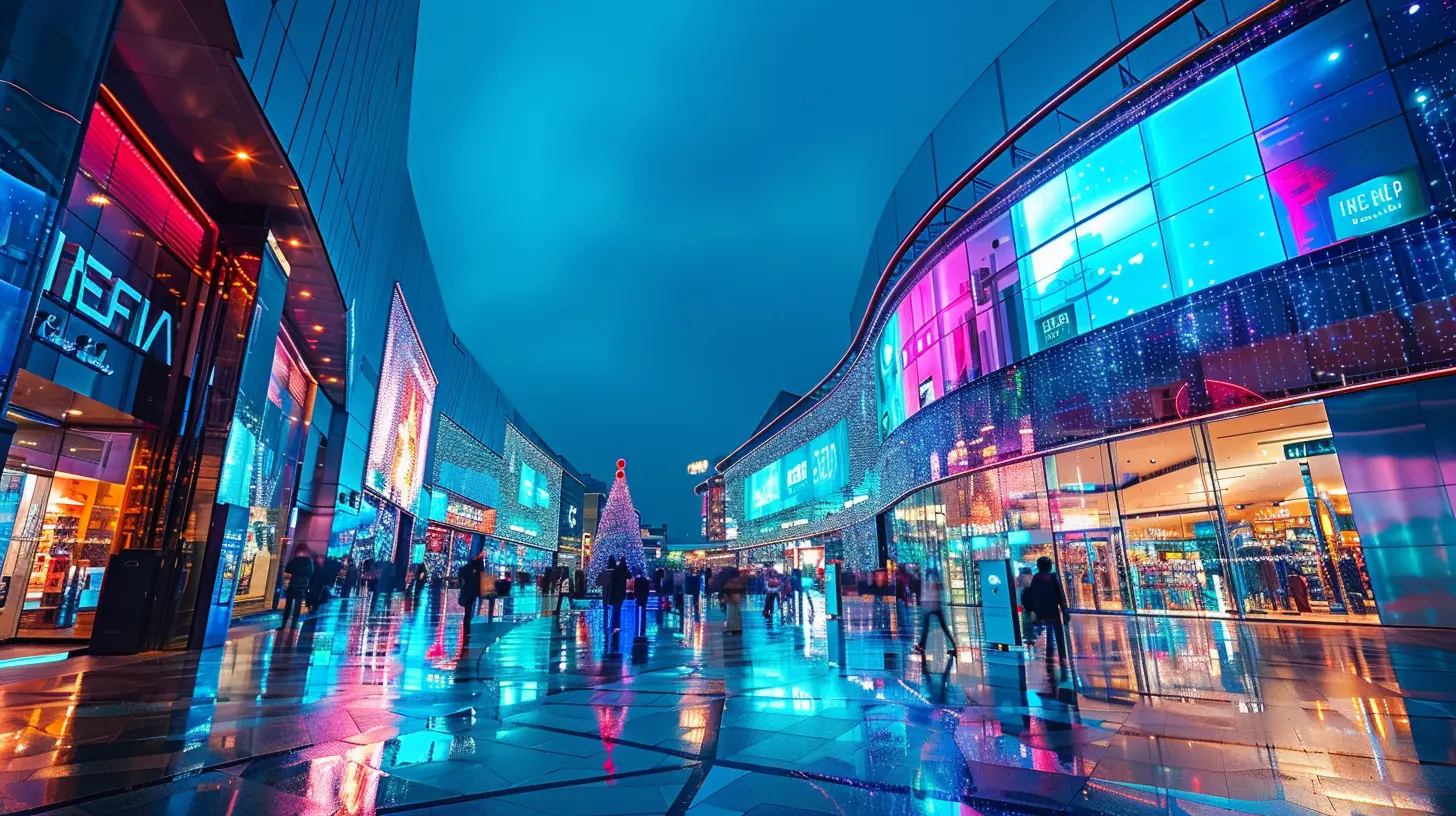Leveraging Retail Technology to Enhance the Shopping Experience
8 April 2025
Let’s be honest: shopping has changed a lot in the past decade. When was the last time you went to a store simply to browse without checking your phone or consulting an app first? Retail isn’t just about picking up what you need anymore. It’s about the experience, and retail technology has played a massive role in ushering in this new era. Technology is no longer just a behind-the-scenes player—it’s front and center, transforming how we shop, what we buy, and even how we feel about the brands we choose. Pretty cool, right?
In this article, we’ll dive deep into how retail tech is shaping the shopping experience and why businesses need to get on board. Whether you’re a retailer or just someone fascinated by the way tech is reshaping our lives, stick around because there’s plenty to unpack here.
Why Retail Technology Matters More Than Ever
Think about it. Why do some stores feel like a headache while others feel like a breeze? It often boils down to technology. Retail technology bridges the gap between shoppers' expectations and a store’s ability to meet them. Customers want convenience, personalization, and, let’s admit it, a little fun while they shop.Imagine walking into a store, and instead of wandering around aimlessly, your phone pings you with personalized offers. Or maybe there’s a kiosk nearby that lets you virtually try on sunglasses. That’s retail technology in action—making life easier for shoppers and helping retailers build loyalty in the process.
Key Ways Retail Technology Enhances the Shopping Experience
Let’s break it down, shall we? There are countless ways technology is transforming the retail landscape. Here are the big ones you should know about:1. Personalization Powered by Data
Picture this: you walk into a store, and boom—an app on your phone greets you by name and shows you products based on your past preferences. You might even get personalized discounts right on the spot. Retailers now use sophisticated algorithms powered by artificial intelligence (AI) and machine learning to craft personalized shopping experiences.It’s like having a personal shopper but without the awkward small talk. Platforms like Amazon, for instance, have perfected this online, but now brick-and-mortar stores are catching up. The better a retailer knows you, the easier—and more enjoyable—it is for you to shop.
Why It’s Important: Customers are more loyal to brands that “get” them. And let’s face it—who doesn’t love feeling like a VIP?
2. Seamless Omni-Channel Experiences
Ever started shopping online, got distracted, and decided to visit the store instead? Retailers are now ensuring that the transition from clicking to walking in-store feels seamless. This is called an omni-channel experience, and it’s one of the hottest trends in retail right now.For example, you could reserve an item online, pick it up in-store (hello, BOPIS—Buy Online, Pick Up In-Store!), or even return an online purchase at a physical location. It’s all about flexibility and convenience. And with mobile apps, you can even scan items in-store to check reviews or stock availability.
Why It’s Important: Shoppers don’t see online and offline stores as separate entities anymore—it’s all one big experience. Retailers that integrate their channels have a leg up on the competition.
3. Augmented Reality (AR) and Virtual Reality (VR)
Remember the time when the only way to see if a couch fit in your living room was to measure it with a tape measure? Not anymore! Thanks to AR, you can now use apps to visualize the furniture right in your space. IKEA does this exceptionally well with their AR app.Then there’s VR, which takes things up another notch. Some stores, like North Face, use VR to transport customers to breathtaking outdoor locations while they shop for hiking gear. It’s immersive, engaging, and leaves a lasting impression.
Why It’s Important: AR and VR make shopping interactive and fun. Plus, they help customers feel more confident about their purchases, reducing returns.
4. Smart Checkout and Contactless Payments
Nobody enjoys standing in line at checkout. It’s frustrating, it’s slow, and let’s be real—it feels outdated in today’s fast-paced world. Enter: smart checkout solutions. We’re talking self-checkout kiosks, mobile payment options, and some super-slick tech like Amazon’s "Just Walk Out" technology, where sensors and cameras track what you take off the shelves and charge you automatically.Contactless payments have also boomed, especially post-pandemic. Whether it's Apple Pay, Google Wallet, or even QR-code-based payments, these solutions make checkout faster and safer.
Why It’s Important: When customers can check out quickly and painlessly, they’re happier. And happy customers are returning customers.
5. Interactive In-Store Experiences
Walk into an Apple Store, and you’ll immediately see what I mean here. Whether it’s hands-on displays or interactive workshops, retail spaces are evolving to engage customers beyond the typical “walk in, pick up, pay” process.Interactive displays, touchscreens, and even gamification are becoming more common to keep shoppers entertained. Think of it as blending shopping with storytelling. Some clothing retailers even allow you to design your own apparel right in the store.
Why It’s Important: Customers aren’t just buying products; they’re buying experiences. The more fun and engaging your store, the more likely they are to come back.
6. In-Store Robots and AI Assistants
Okay, robots in stores might sound a little futuristic, but it’s happening. From Lowe’s robot “LoweBot” to Pepper, the AI-powered humanoid, these robots assist customers by answering questions, providing directions, and even making product recommendations.AI chatbots are also gaining traction, helping retailers manage queries online and in-app. They’re fast, efficient, and available 24/7.
Why It’s Important: Robots and AI assistants may not replace human staff, but they sure make shopping more convenient and fun!
7. Inventory Transparency and Real-Time Updates
You know that sinking feeling when you drive to a store only to find out the item you wanted is out of stock? A total buzzkill. Retail technology solves this with real-time inventory management. Apps, websites, and even in-store kiosks now allow customers to see what’s in stock, where it is, and when new shipments are coming in.Some retailers have even started offering the ability to “reserve” high-demand products as soon as they arrive in-store.
Why It’s Important: Transparency builds trust. Customers appreciate knowing exactly what’s available before making the trip.
Challenges Retailers Face When Implementing Technology
Of course, not everything is smooth sailing. While the benefits are clear, integrating technology comes with its own set of challenges. Let’s take a closer look:- Cost: Adopting new tech can be expensive, especially for small retailers. From the hardware itself to ongoing maintenance, the costs can add up quickly.
- Learning Curve: Both employees and customers may need time to adjust to new tools. If tech feels too confusing or clunky, it can actually harm the shopping experience.
- Privacy Concerns: With personalization comes data collection, and that can make some customers uneasy. Retailers must handle customer data responsibly and transparently.
- System Integration: Ensuring that different tools and platforms talk to each other without glitches can be a logistical nightmare.
But hey, no pain, no gain, right? These obstacles are worth overcoming for the long-term rewards.
Final Thoughts: The Future of Retail is Bright… and Tech-Driven
Retail technology is no longer a “nice-to-have”—it’s a must-have. The retailers who embrace tech now are the ones who will thrive in the future. Shoppers expect convenience, customization, and excitement at every turn, and the right technology can deliver all that and more.So, whether you’re a business owner or someone who loves to shop, keep an eye on how technology continues to push boundaries. Because one thing’s for sure: the way we shop is only going to get smarter, faster, and more fun.
all images in this post were generated using AI tools
Category:
RetailAuthor:

Amara Acevedo
Discussion
rate this article
6 comments
Holden McEvoy
Great insights! Embracing retail technology truly transforms the shopping experience. Thank you!
May 1, 2025 at 3:34 AM

Amara Acevedo
Thank you for your kind words! I'm glad you found the insights valuable.
Journey Franklin
Retail tech isn't just a trend; it's the lifeline for brands clinging to relevance. If you're still stuck in the past, good luck competing with those who know how to innovate. Step up or step aside!
April 26, 2025 at 4:34 AM

Amara Acevedo
Absolutely! Embracing retail tech is essential for brands to stay relevant and competitive in today's fast-evolving market. Innovation is key!
Vivian Maddox
Balance tech innovation with genuine customer connection.
April 18, 2025 at 11:46 AM

Amara Acevedo
Absolutely! Technology should enhance personal interactions, not replace them. Finding the right balance fosters loyalty and improves the overall shopping experience.
Zarev Lawson
This article raises fascinating points about retail technology! How are businesses balancing innovation with customer preferences? I'm curious about real-world examples of successful implementations—what strategies have truly transformed the shopping experience for consumers?
April 17, 2025 at 12:20 PM

Amara Acevedo
Thank you for your comments! Businesses are increasingly using data analytics to understand customer preferences, enabling them to personalize experiences. For example, retailers like Sephora use augmented reality for virtual try-ons, while Amazon employs Just Walk Out technology to streamline purchases. These strategies not only enhance convenience but also improve customer engagement.
Meredith Cole
Integrating technology personalizes shopping, driving customer engagement and loyalty.
April 13, 2025 at 4:23 AM

Amara Acevedo
Absolutely! Personalizing shopping through technology creates meaningful connections, boosts engagement, and fosters customer loyalty, enhancing the overall retail experience.
Kieran McAdoo
This article insightfully highlights how retail technology can transform the shopping experience. Embracing innovation is essential for staying competitive and meeting evolving customer expectations.
April 12, 2025 at 12:44 PM

Amara Acevedo
Thank you for your thoughtful comment! I'm glad you found the insights on retail technology valuable in understanding its impact on the shopping experience.




